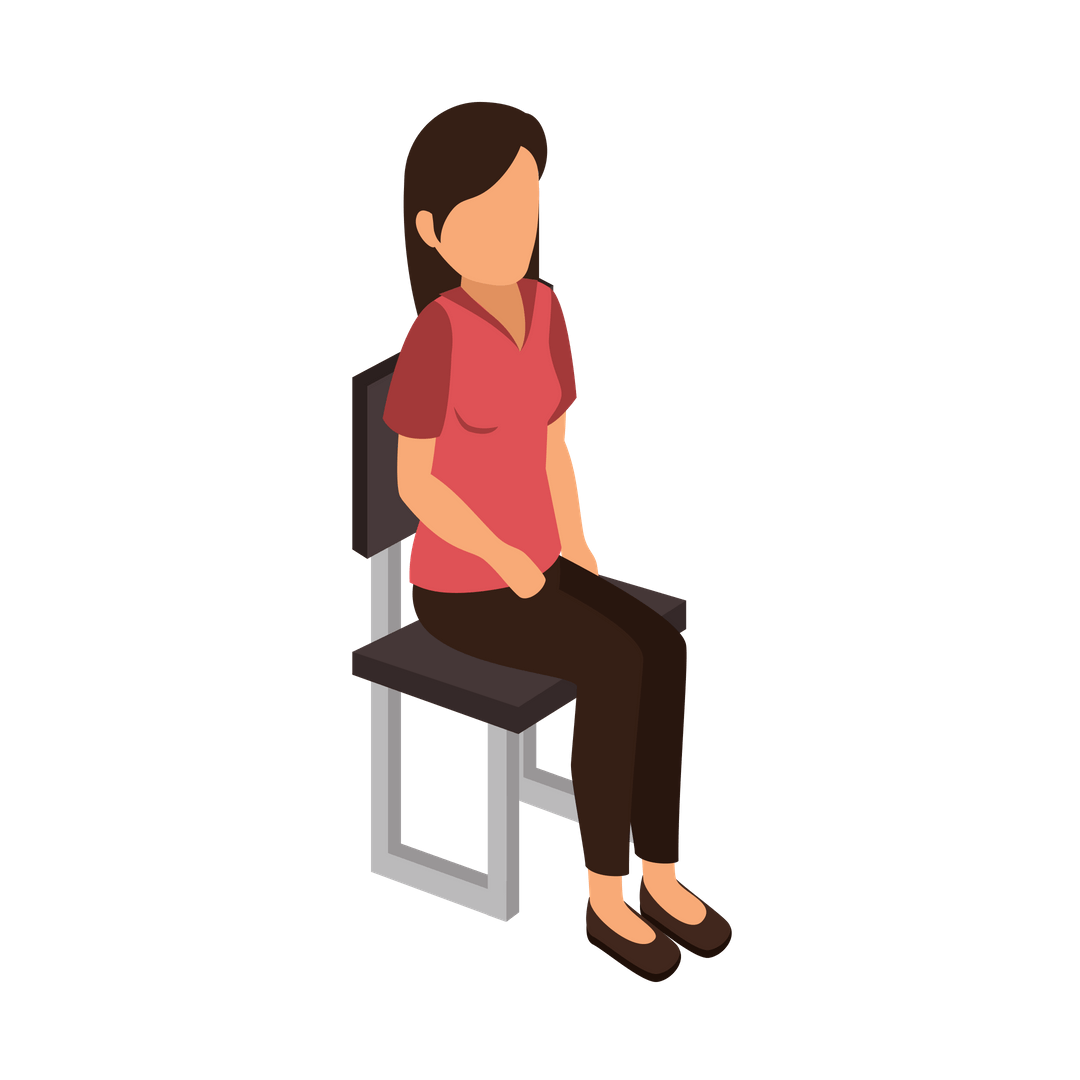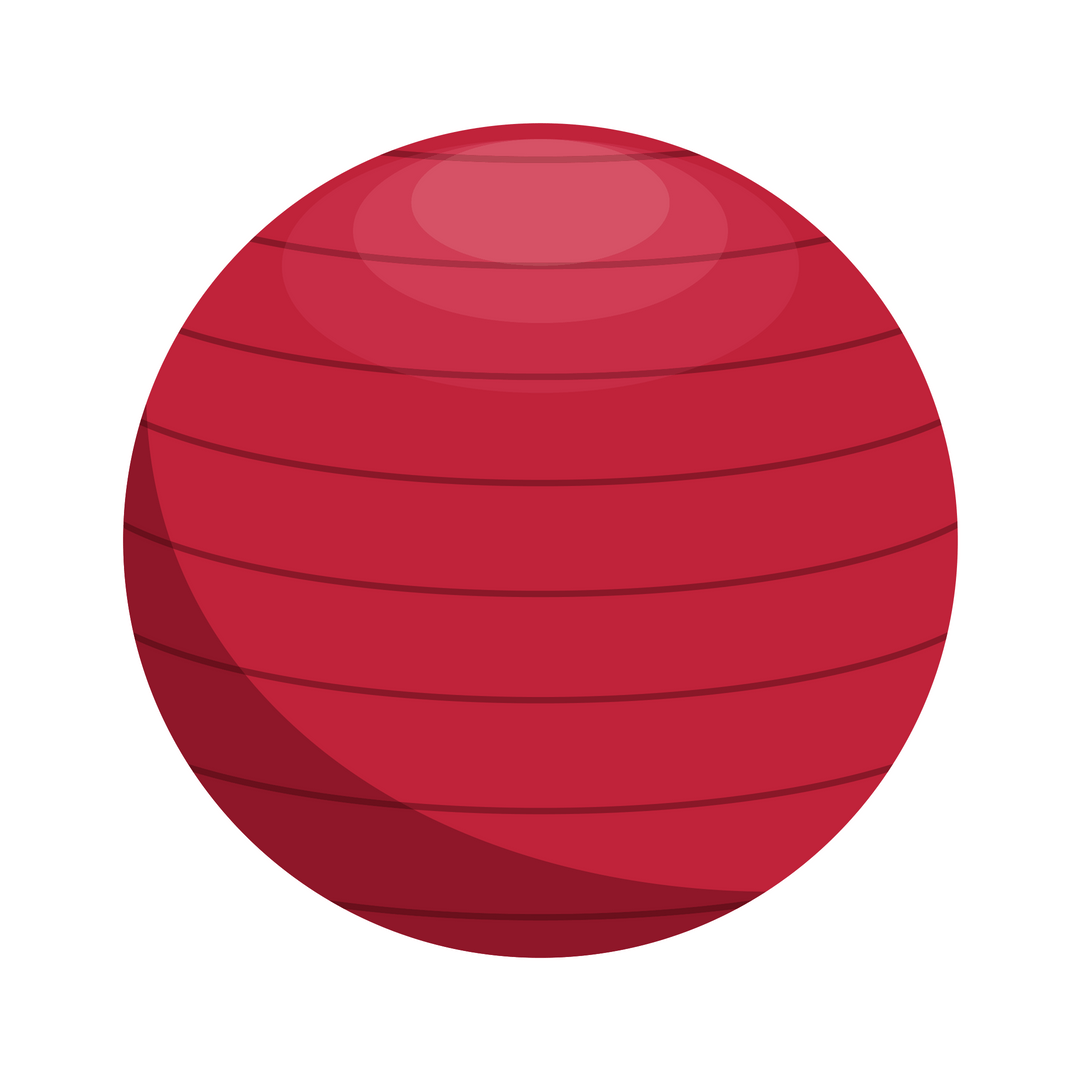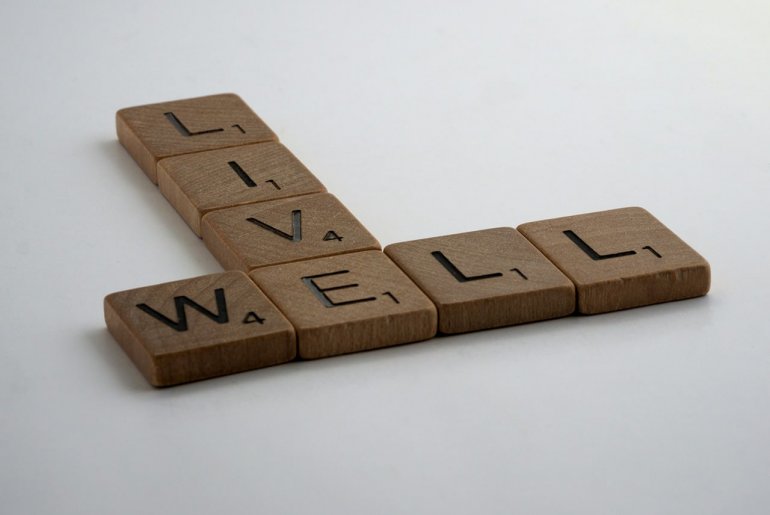
Kegel exercises…?
Perhaps this is something you’ve heard of but you’re not exactly sure what they are?
Maybe you’ve already tried these pelvic floor exercises but you want to explore them further?
Today, we’ll look at how these exercises can help when you’re undergoing menopause and show you how to incorporate them into your daily routine.
What Do Kegel Exercises Do?
Named for Arnold Kegel, an American gynaecologist who invented these exercises, Kegels help to improve your muscle tone by strengthening the muscles of the pelvic floor. (1)
Performing these simple exercises regularly can lead to several important benefits. Kegel exercises can help you to manage accidental bladder leaks. Since incontinence often strikes during the menopause transition, this is a smart way to fight back. (2)
If you take the time to use these simple but efficient exercises to strengthen your pelvic floor muscles, you might also experience an improvement in your libido. A relaxed pelvic floor has been shown in studies to negatively impact sexual satisfaction. (3)
The Importance of a Healthy Pelvic Floor

Why is the pelvic floor so important and why should you bother with Kegel exercises? Your pelvic floor muscles support the bladder, uterus, small intestine and rectum. (4)
Here are 5 important reasons to consider building up these pelvic floor muscles:
- Stop incontinence
- Enhance libido
- Treatment of prolapse
- Increased sensitivity during sex
- Improved orgasms (5)
During menopause, it’s a smart idea to start doing some Kegel exercises if you’re noticing the common symptoms of urinary incontinence or a general loss of sexual appetite.
Now you’ve got a brief, no-nonsense breakdown of why Kegel exercises are necessary and how they work, we’ll talk about the 10 ways to do your daily Kegel exercises!
The 10 Ways To Do Your Daily Kegel Exercises
While performing these Kegel exercises, remember they are designed to work out your pelvic floor muscles. Don’t flex or clench your thighs, abdomen or buttocks and you’ll experience better results.
Some general advice before we get down to the nitty-gritty:
- To locate your pelvic floor muscles, stop urinating mid-flow and this will show you clearly where you need to clench to perform Kegels.
- Don’t expect to see any noticeable results for at least a month. Be patient.
- Exercise consistently as you need to keep Kegel exercises going to get maximum effect. (6)
Here are 10 simple ways to get going today…
1) Squeeze While Sitting
- Sit down and make yourself comfortable.
- Squeeze your pelvic floor muscles 5 times quickly.
- Clench for 2 seconds.
- Repeat these steps 3 times and aim to do this daily.

2) Cross-Legged Squeeze
- Sit down with legs crossed
- Breathe through your nose 5 times clenching the pelvic floor muscles each time you inhale.
- Exhale and rest for 2 seconds.
- Repeat these steps 3 times. Do as frequently as possible whenever you get a few minutes.
3) Squeeze While Laid Down
- Make yourself comfy and assume a prone position.
- Clench your pelvic muscles 5 times using short, fast squeezes.
- Prepare yourself for a deep, 3-second squeeze. Don’t be alarmed if you feel a kind of pulling sensation.
- Release the contraction.
- Repeat as many times as feels comfortable.
4) Squeeze While Standing
- Stand with your feet hip-width apart.
- Squeeze for 5 seconds then relax for 5 seconds.
- Repeat 5 times and incorporate these standing Kegels into your routine as often as practical.
5) Lift
- Lie down and squeeze your muscles while lifting your pelvis.
- Hold this position for as long as you can then lower yourself back down.
- Repeat 3 times and do this weekly.
6) Reverse Kegels
- Perform the classic Kegel exercise in your preferred position, whether sitting, standing or laying down.
- Rather than releasing your pelvic floor muscles as you exhale, instead simply breathe out and release with some force.
- Carry out this exercise when you’re feeling energized and ready for something more strenuous.

7) Kegel With a Ball
- Invest in some Kegel balls made from silicone.
- Insert one of the balls inside you and, as you perform a standard Kegel in your preferred variation, use the strings to pull gently on the ball.
- Remember to use a water-based lubricant when inserting the ball.
8) Clenching More Deeply Using a Ball
- Lie on your back with one of the Kegel balls inserted.
- Pull your knees toward your chest, legs bent.
- Let your legs fall to the side while contracting your pelvic floor muscles while inhaling deeply.
- Hold for 10 seconds. Tighten the contraction as much as you can.
- Rest for 15 seconds. Repeat 3 times.
- Do this before bed or upon waking on a daily basis.
9) Leg Raise Kegel
- Lie on your side.
- Raise one leg up to a height where it feels comfortable.
- Contract your pelvic floor muscles for 3 seconds then release.
- Repeat 5 times.
- Shift position and repeat with the opposite leg.
10) Kegels With an App
- Our final tip is to invest in a Kegel app for your smart phone.
- For iPhone users, go here.
- If you have an Android phone, here’s the link.
REFERENCES
- https://en.wikipedia.org/wiki/Arnold_Kegel
- https://www.ncbi.nlm.nih.gov/pubmed/18483451
- https://www.ncbi.nlm.nih.gov/pmc/articles/PMC4462060/
- https://www.mayoclinic.org/healthy-lifestyle/womens-health/in-depth/kegel-exercises/art-20045283
- https://www.nhs.uk/chq/pages/1063.aspx?categoryid=52
- http://www.pericoach.com/2017/05/31/how-many-times-do-i-need-to-kegel/



